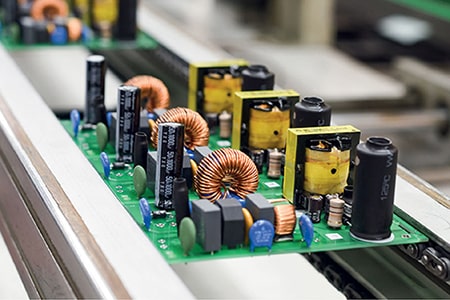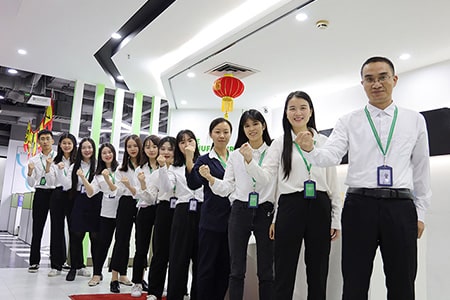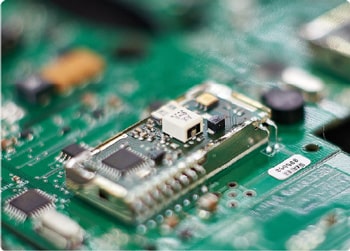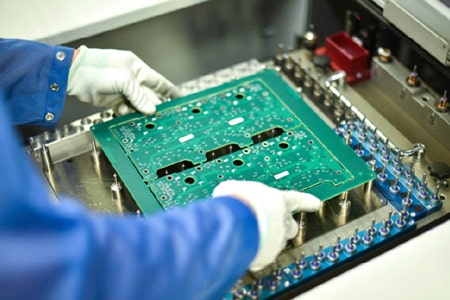The development trend of multilayer PCB: leading the future of the electronics industry
The continuous development of the circuit board industry mainly benefits from two aspects. First, the market space of the circuit board industry application industry continues to expand. The applications of the communications industry, automobile industry, and industrial control industry have been improved, causing the high-end multi-layer PCB circuit board market to grow very rapidly, with the current application ratio reaching 50%. At the same time, the proportion of digital circuit boards in color TVs, mobile phones and automotive electronics products has also increased significantly, thus expanding the space of the circuit board industry.
Multilayer PCB circuit board is a circuit board composed of three or more layers of conductive patterns and insulating materials laminated at intervals. The conductive patterns between them are connected to each other as required. Multilayer PCB circuit boards are the product of the development of electronic information technology in the direction of high speed, multi-function, large capacity, small volume, and thinness. According to characteristics, circuit boards can be divided into metal circuit boards, FR-4 fiberglass boards and soft-hard composite boards.
The PCB circuit board determines the process difficulty and processing price based on the number of wiring surfaces. Ordinary PCB circuit boards are divided into single-sided wiring and double-sided wiring, commonly known as single-sided and double-sided. However, for high-end electronic products, due to limitations in product space design factors, in addition to surface wiring, multi-layer circuits can also be stacked internally, thus giving birth to multi-layer PCB circuit boards.
During the production process, after each layer of circuits is completed, it is positioned and suppressed through optical equipment so that multi-layer circuits can be stacked on a PCB circuit board. Commonly known as multi-layer PCB circuit board. Any circuit board with more than or equal to 2 layers can be called a multi-layer circuit board. Multilayer PCB circuit boards can be divided into multi-layer hard circuit boards, multi-layer flexible pcb circuit boards and multi-layer hard-soft combination circuit boards.
The development trend of multilayer PCB is mainly reflected in the following aspects:
1. High reliability and high performance: Using more advanced materials, optimizing design structures, and improving process accuracy and other measures to ensure the stability and reliability of multi-layer PCBs in various harsh environments.
2. Small size and high density: In order to meet the miniaturization needs of electronic devices, designers need to minimize the size of multi-layer boards while maintaining circuit performance, and achieve high density by optimizing parameters such as number of layers and line width. layout.
3. Green environmental protection: In the context of increasing environmental awareness, the design and manufacturing of multi-layer PCBs are also paying more and more attention to green environmental protection. This includes using environmentally friendly materials, reducing waste emissions, improving energy efficiency and other measures to reduce the environmental impact of multi-layer PCBs.
4. Automation and intelligence: With the development of automation and intelligence technology, the manufacturing process of multi-layer PCB is gradually becoming automated and intelligent. This includes the introduction of advanced automation equipment and the application of artificial intelligence and machine learning algorithms to improve the production efficiency and quality of multi-layer PCBs.
5. Customization and personalization: In order to meet the needs of different customers, the design and manufacturing of multi-layer PCBs are also developing in the direction of customization and personalization. Taste.
In short, the development trend of multi-layer PCB manufacturing is towards high reliability, high performance, small size, high density, green environmental protection, automation and intelligence, customization and personalization. These trends will help meet changing market demands and promote the development and technological progress of the multilayer PCB industry.






